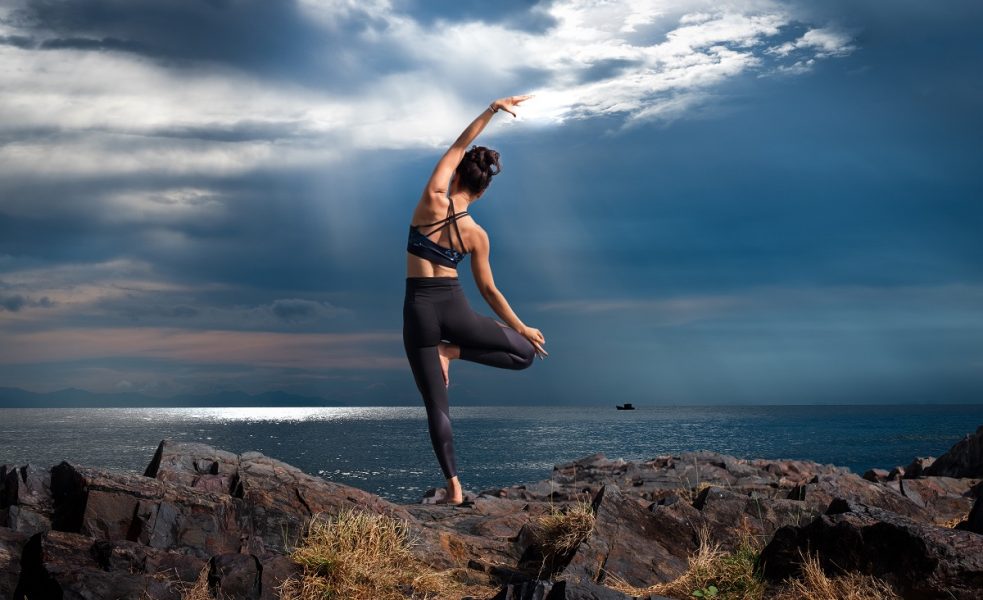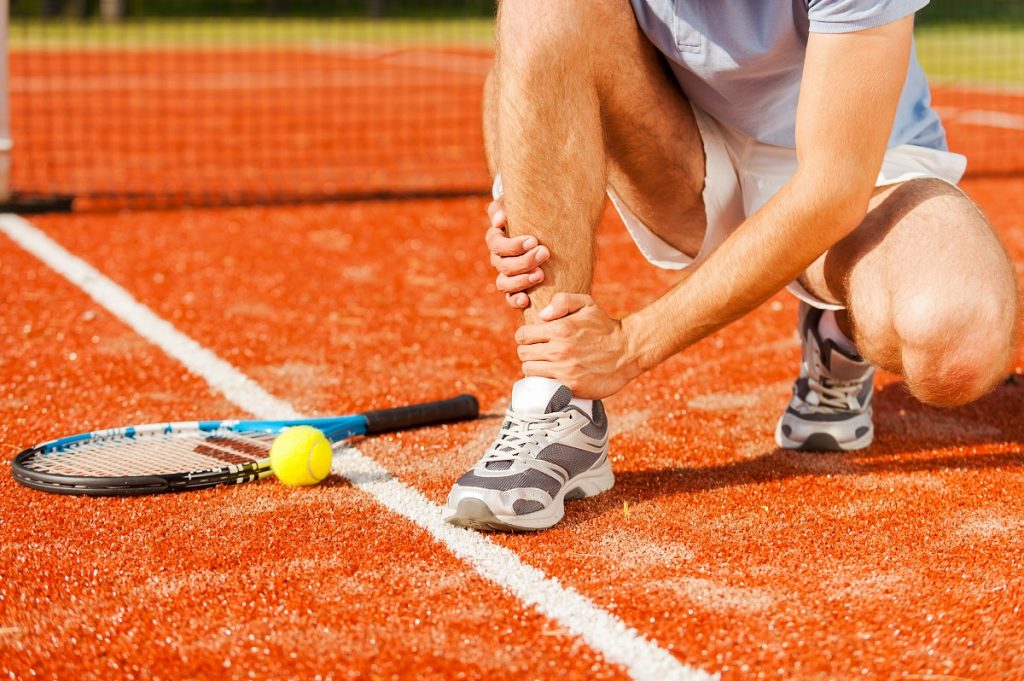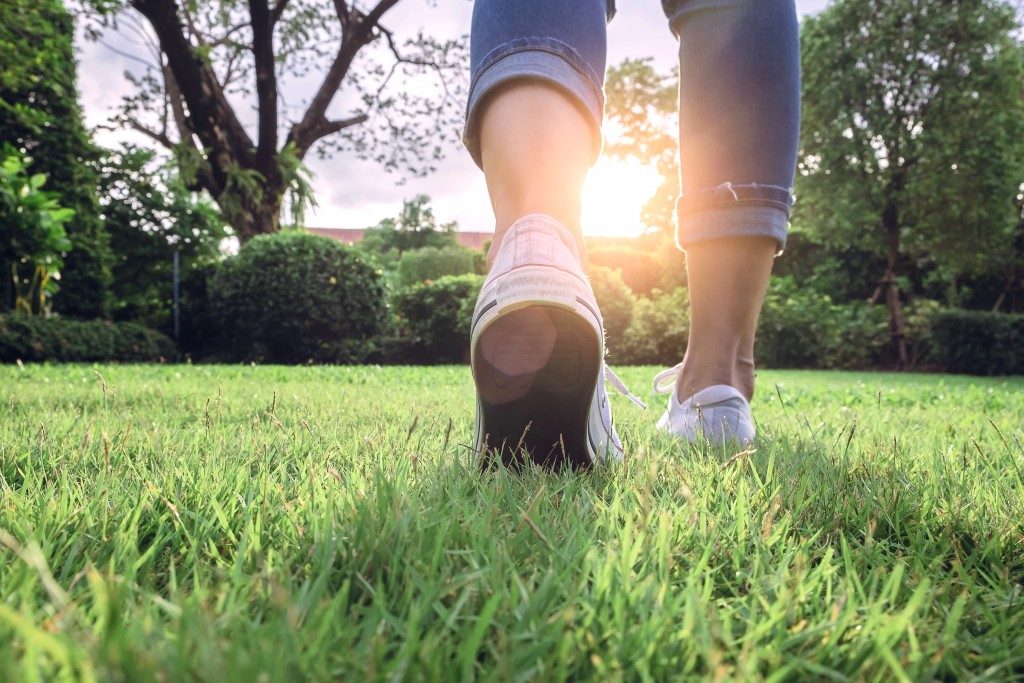Exercise and daily fitness workouts are not necessarily limited to the treadmill, the elliptical, or lifting weights a few times a day. Although these forms of exercise certainly have their benefits, maintaining fitness through yoga and tai chi are also an option for those looking for inner and outer strength.
Often, people will mistake yoga for tai chi, and vice versa. Some may even think that both practices are the same. But these two have their differences, thus offering different benefits. Here’s everything you need to know about yoga and tai chi, the differences between tai chi and yoga, and which is better for balance, for senior citizens, and which is better for you in general.
What Is Tai Chi?
Tai chi is a Chinese martial art practice. Its full name is “T’ai chi ch’üan” or “Tàijí quán.” Although scholars know its origins trace back to the ancient Chinese Civilization, there is a debate on which century it was created. Some say the 12th century, while others claim there was no evidence of the practice until the 17th century. Either way, it can be traced back to early Taoist, Buddhist, and Confucian philosophy.
It is a form of “internal” martial art, which means it focuses on the spiritual, mental, psychological, and qi-related aspects rather than just the physical. The name itself has ties to yin and yang, as well as the concept of ultimate. Thus, tai chi is an art form that focuses on the whole body –– mind, body, and spirit – – and is a mixture of defense training, its health benefits, and meditation.
Tai Chi as Exercise
Tai chi embraces the trifecta of the mind, body, and spirit, and its practices look to exercising both the inner and outer parts of your body. There are many forms of tai chi, according to the Tai Chi for Health Institute. Some of the major styles include the Chen, Yang, Wu, and Sun, all of which can trace its origins back to one common area in China.
Despite their differences, all styles have the same basic principles of exercising the mind and body. It involves movement, controlled breathing, internal energy, mindfulness, and serenity.
Unlike the usual forms of exercise, you see that focus on physical endurance or weight loss, tai chi’s goal is to cultivate the inner energy to flow throughout the body, thus integrating a healthy inner mind and soul with the movements that stimulate the body.
What Is Yoga?
Yoga is a collective term for physical, mental, and spiritual practices. Ancient texts can trace it back to pre-Vedic Indian Civilization, going back as far as the Indus Valley Civilization (ancient India), or over 5,000 years ago. However, while tai chi can trace its roots to a specific area in ancient Chinese history, there is no known person or a specific place where yoga was born. There are plenty of yoga schools linked to Hinduism, Jainism, or (much like tai chi) Buddhism.

There are six branches of yoga, each adhering to one focus and individual set of characteristics:
- Hatha yoga for priming the body and mind;
- Raja yoga for meditation and the “eight limbs” of yoga;
- Karma yoga for service to create a future free of negativity and selfishness;
- Bhakti yoga for devotion and a way to channel positive emotions;
- Jnana yoga for wisdom and intellect through study;
- Tantra yoga for consummation of a relationship.
Yoga’s principles believe that people have their own “chakras,” your center for energy, emotions, and physical well-being. When your energy becomes blocked in a chakra, your mind, body, and soul trigger an imbalance that manifests in physical (poor digestion, lethargy) and mental (anxiety) symptoms. Yoga frees up the energy by stimulating your chakra and returning it to its proper balance.
Yoga As Exercise
While there are plenty of forms of yoga, the most popular form of yoga used for fitness and exercise is the Hatha yoga. Yoga students exercise through poses that promote control of the mind and body while working on their well-being. Yoga can be done alone at home, or for a safer more customized practice, you can hire a yoga instructor to guide you through every workout.
Like tai chi, yoga does not involve heavy weightlifting or cardio and focuses on the mind, body, and soul rather than a workout that limits itself to the purely physical. Here’s a simple 10-minute yoga instructional video to help you understand some of the basic poses.
Tai Chi vs. Yoga: We Weigh In
Now that we’ve covered the basic differences between yoga and tai chi, let’s look at the bigger differences on what a tai chi or yoga workout will look like for you and which one is more appropriate for your needs.
Risks: Both
Yoga and tai chi are both low-impact exercises that focus on the mind-body-soul trifecta. Compared to intense workouts like cross-fit or weightlifting, both are relatively safe. However, there may be some risks for people with certain conditions.
Yoga involves stretching, so it’s always best to warm up before beginning to avoid cramping or any pain associated with overstretching your body. For beginners, it may be best to practice yoga with an instructor present in the room to make sure your forms and postures are correct. Incorrect postures may result in body pain or straining. As you graduate from beginner poses to more advanced ones, be careful not to strain yourself.
Pregnant women and people with high blood pressure, sciatica, or have conditions being managed by yoga need to see a healthcare practitioner before doing yoga. Some poses need to be modified to their conditions, while other poses need to be completely avoided.
Tai chi also involves movement, so it may be smart to warm up before performing any moves. Ideally, you should have a tai chi instructor present to help you with your movement.
Improving Balance: Tai chi

If you have a physical or cognitive condition that is affecting your balance (most common in senior citizens, though it may also apply to younger adults) tai chi is the more appropriate form of exercise.
Multiple studies have shown the effects of practicing tai chi for helping prevent trips and falls in older adults. One study with almost 80,000 participants found that tai chi could help build balance, while other studies found it could help flexibility and fear of falling. Another study in 2012 found that tai chi can help senior citizens with Parkinson’s disease mitigate the condition’s effects through resistance training and stretching.
Chronic Pain: Both
Both tai chi and yoga have been found to help adults mitigate several forms of chronic pain. Several studies have suggested a link between lower back pain relief and yoga, with many reporting long-term pain relief through regular yoga sessions. One study from the American Journal of Preventative Medicine even found that the effects of 3-month yoga sessions can improve the intensity of pain to the point that participants were reducing their opioid usage to manage their pain.
Tai chi, on the other hand, can also mitigate acute chronic pain and chronic pain from certain physical conditions. Multiple studies from the Cochrane found that almost 4,000 participants with knee osteoarthritis could mitigate pain and improve their physical function.
Mental Health Wellness: Yoga
Yoga has been proven to have an effect on mental health. While tai chi is associated with psychological well-being and is used to relieve stress, however, there are not enough studies to confirm tai chi’s effect on serious mental health conditions.
Yoga can reduce stress (thus lowering blood pressure and hormones like adrenaline, cortisol, and cytokines that cause stress and inflammation). It was also found to improve mood, reduce anxiety levels, and manage depression – a condition that affects over 17 million adults in the United States.
Aside from medicine and other forms of treatment, yoga has been used to help complement treatments for depression.
Tai chi can increase mindfulness and control over one’s physical body, breathing, and cognitive control, which can help with their psychological well-being. However, not enough studies have been done on the mental health benefits of tai chi.
Cognitive Function: Both
Both yoga and tai chi have studies that suggest their benefits to one’s cognitive function. A 2014 study with over 2,500 participants showed the cognitive benefits of tai chi for senior adults aged 60 years old and above. Yoga, on the other hand, had short-term effects on speed and accuracy, which suggests improved mental flexibility, multi-tasking, and the ability to recall information among senior citizens.
Why Not Take Both Tai Chi and Yoga?

Tai chi and yoga are not mutually exclusive, so if you practice one, there’s no reason you should choose not to practice the other. Just be sure not to stress your body too much. Yoga poses may strain your body, and excessive exercise may only cause even more pain.
When thinking about health and wellness, tai chi and yoga are low-impact forms of exercise that provide a well-rounded workout on both your mind and body. If you’re looking to build muscle or lose weight quickly, this may not be the workout you’re looking for. But if you’re interested in developing your body and mind during your workout, consider these two practices.



